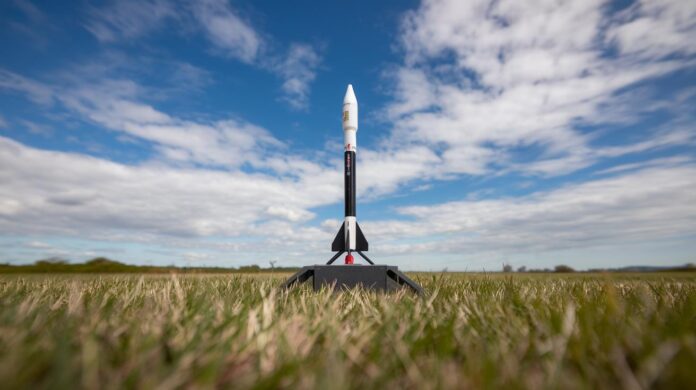Can a new lunar landing capture humanity's imagination like the Apollo missions did half a century ago? As we look to the skies and prepare for future moon landings, NASA's Artemis program stands at the forefront, addressing this intriguing question. With Artemis II scheduled for a moon flyby no earlier than 2025, followed by the historic Artemis III mission in 2026, the world eagerly anticipates humanity's return to the lunar surface. This timeline not only sets the stage for renewed exploration but also for potential advancements in technology and international collaboration. Understanding the intricacies of these missions is crucial as we embark on this monumental endeavor.
Timeline for the Next Moon Landing
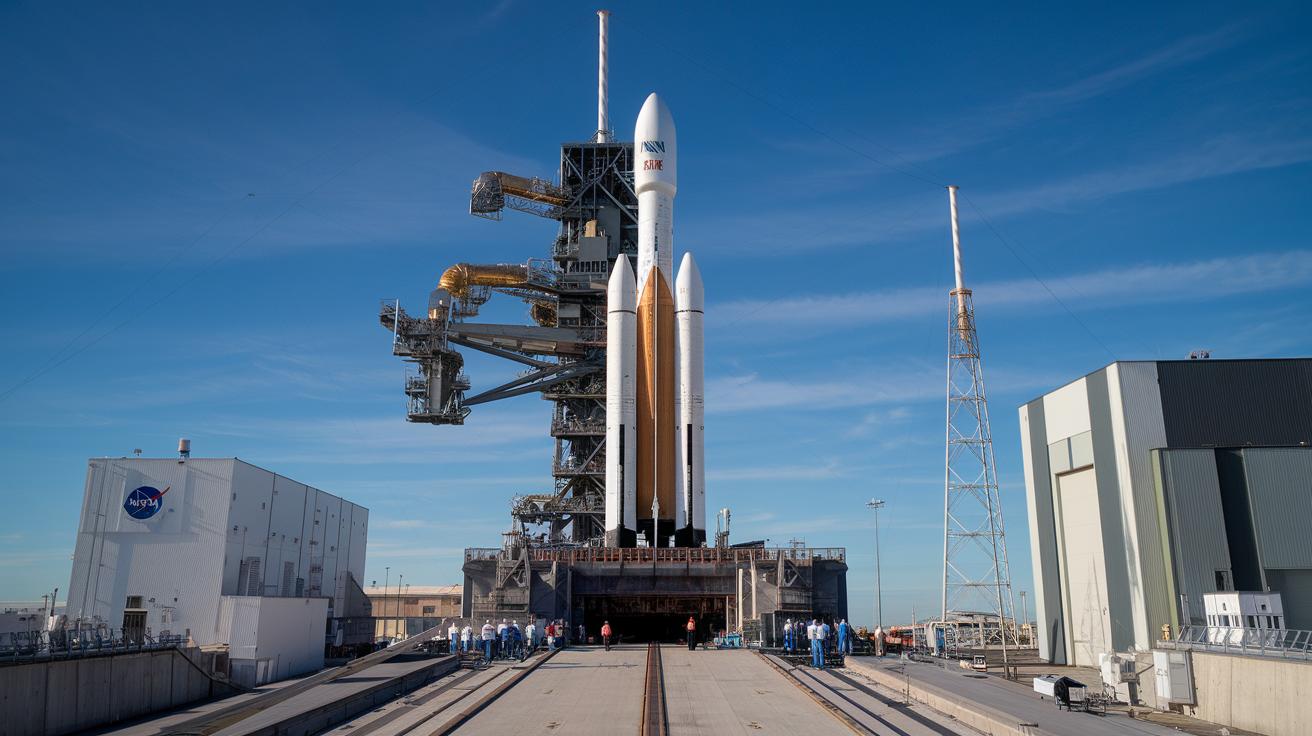
When are we landing on the moon again? The Artemis III mission, scheduled for no earlier than September 2026, aims to mark humanity's return to the lunar surface for the first time in 50 years. Preceding this, the Artemis II mission, set for no earlier than September 2025, will conduct a crewed flyby of the moon to test critical systems. These missions are pivotal milestones in NASA's Artemis program, designed to reestablish human presence on the moon and explore its potential for future space exploration.
The objectives of the Artemis II mission include testing life support systems and ensuring the spacecraft's readiness for lunar orbit with astronauts on board. It serves as a crucial precursor to Artemis III, which seeks to achieve a historic lunar landing by deploying SpaceX's Starship to transport the crew to the moon's surface. Artemis III is particularly significant as it will feature the first woman and the first person of color to walk on the moon, underscoring NASA's commitment to diversity and inclusion in space exploration.
| Mission | Scheduled Date | Objective |
|———–|—————-|——————————————————|
| Artemis II| September 2025 | Crewed flyby of the moon, testing life support systems |
| Artemis III| September 2026 | Lunar landing using SpaceX's Starship |
Contractor challenges, particularly with SpaceX, have the potential to affect the timeline of these missions. Delays in the development and testing of the Starship, coupled with integration issues with other Artemis components, could impact the schedule. NASA's collaboration with various contractors necessitates rigorous coordination to address these challenges and ensure the successful execution of the Artemis missions, maintaining the timeline for humanity's return to the lunar landscape.
The Role of Artemis Missions in Moon Exploration
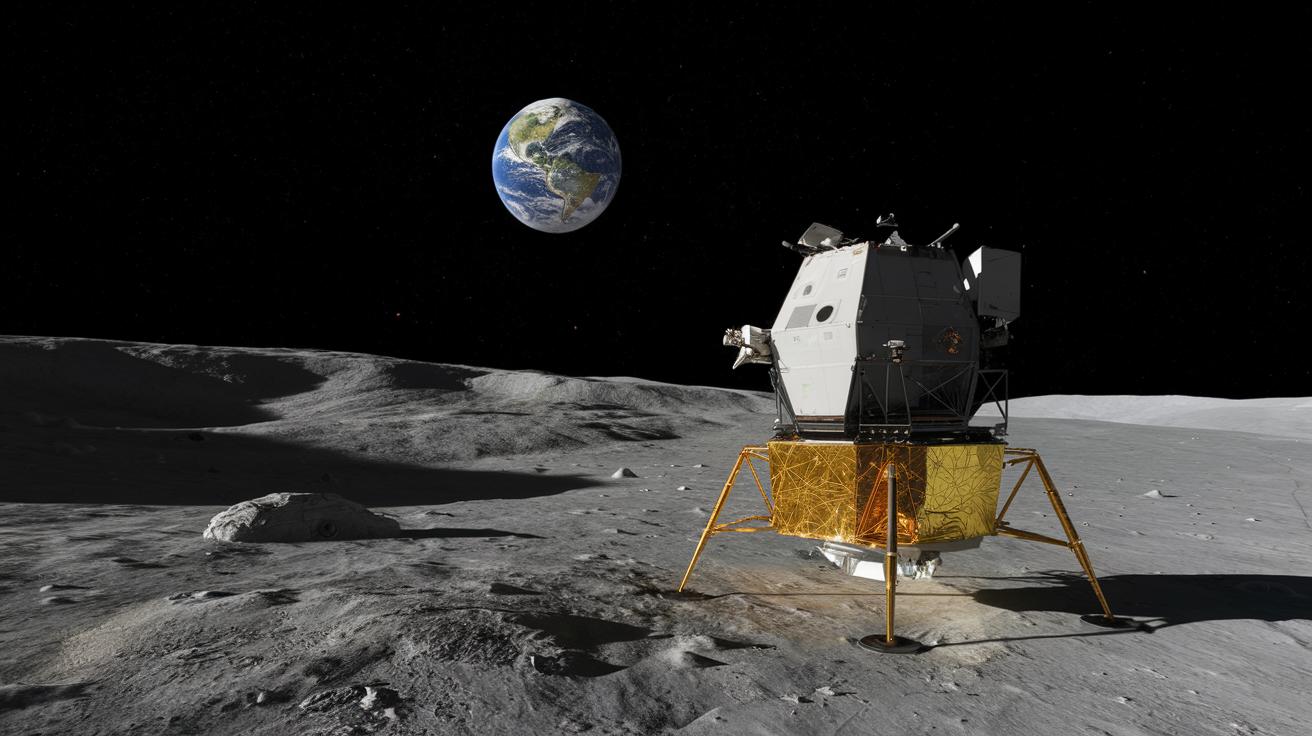
The Artemis program, spearheaded by NASA, is a comprehensive lunar exploration initiative with multifaceted objectives. It aims to reestablish a sustainable human presence on the moon, facilitating extensive scientific research and technological advancements. A pivotal aspect of the Artemis program is its focus on preparing for future Mars exploration by developing capabilities and gaining insights that are essential for long-duration space missions. By exploring the lunar surface, the program intends to gather critical data, investigate potential resources, and test life support systems that are crucial for sustaining human life on Mars.
Artemis III holds particular significance within the program as it is slated to achieve a historic milestone for diversity in space exploration. This mission will feature the first woman and the first person of color to walk on the moon, marking a significant step towards inclusivity and representation in the field of space travel. The selection of such a diverse crew underscores NASA's commitment to expanding opportunities for underrepresented groups and highlights the importance of bringing varied perspectives to lunar exploration. The mission's objectives extend beyond representation, as it will also involve detailed analysis of the lunar south pole, a region believed to contain water ice, which could be vital for future exploration efforts.
The Lunar Gateway's Contribution to Exploration
The Lunar Gateway is a critical component of the Artemis program, envisioned as a space station that will orbit the moon and serve as a hub for future missions. Its construction involves international collaboration, with contributions from agencies like the European Space Agency (ESA), the Japanese Space Agency (JAXA), and the Canadian Space Agency (CSA). These partnerships are crucial for the Gateway's development, which will enable sustained lunar exploration and provide a platform for scientific experiments and technology demonstrations.
The broader implications of the Artemis program extend to Mars exploration, as the knowledge and technologies gained from lunar missions will inform strategies for interplanetary travel. By establishing a presence on the moon and constructing the Lunar Gateway, NASA aims to create a framework that supports human expansion into the solar system. The Artemis missions are thus pivotal not only in advancing lunar exploration but also in laying the groundwork for humanity's next giant leap towards Mars.
Technological Advancements in Artemis Missions
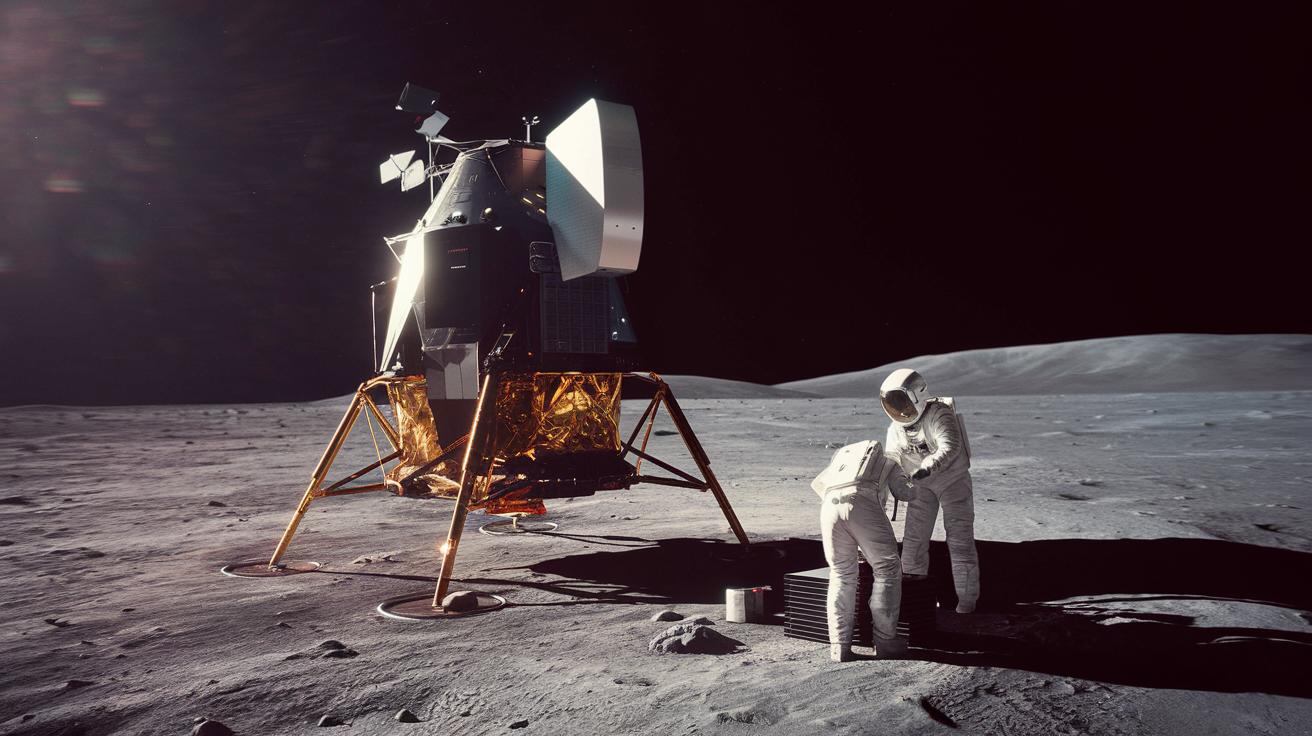
When will SpaceX's Starship be used in a lunar landing? The Starship is a pivotal component for the Artemis III mission, scheduled for no earlier than September 2026. This spacecraft, developed by SpaceX, is designed to transport astronauts from lunar orbit to the moon's surface, marking a significant leap in space travel technology. Starship's design incorporates advanced propulsion and landing systems, enabling it to execute a controlled descent onto the lunar terrain. Its capacity for carrying both crew and cargo is crucial for the objectives of Artemis III, which include transporting the first woman and person of color to the lunar surface.
What new technologies are being developed for sustainable lunar exploration? The Artemis program focuses on creating innovative solutions to support long-term human presence on the moon. These advancements are essential for addressing the challenges of the lunar environment and ensuring the safety and efficiency of the missions. Key technologies include life support systems that provide reliable air and water, lunar habitats designed to withstand harsh conditions, and systems for utilizing in-situ resources. These innovations aim to facilitate extended stays on the moon and prepare for future Mars exploration.
- Advanced life support systems
- Durable lunar surface habitats
- In-situ resource utilization systems
- Enhanced lunar mobility solutions
- Robust communication and navigation technologies
International Collaborations in Lunar Exploration
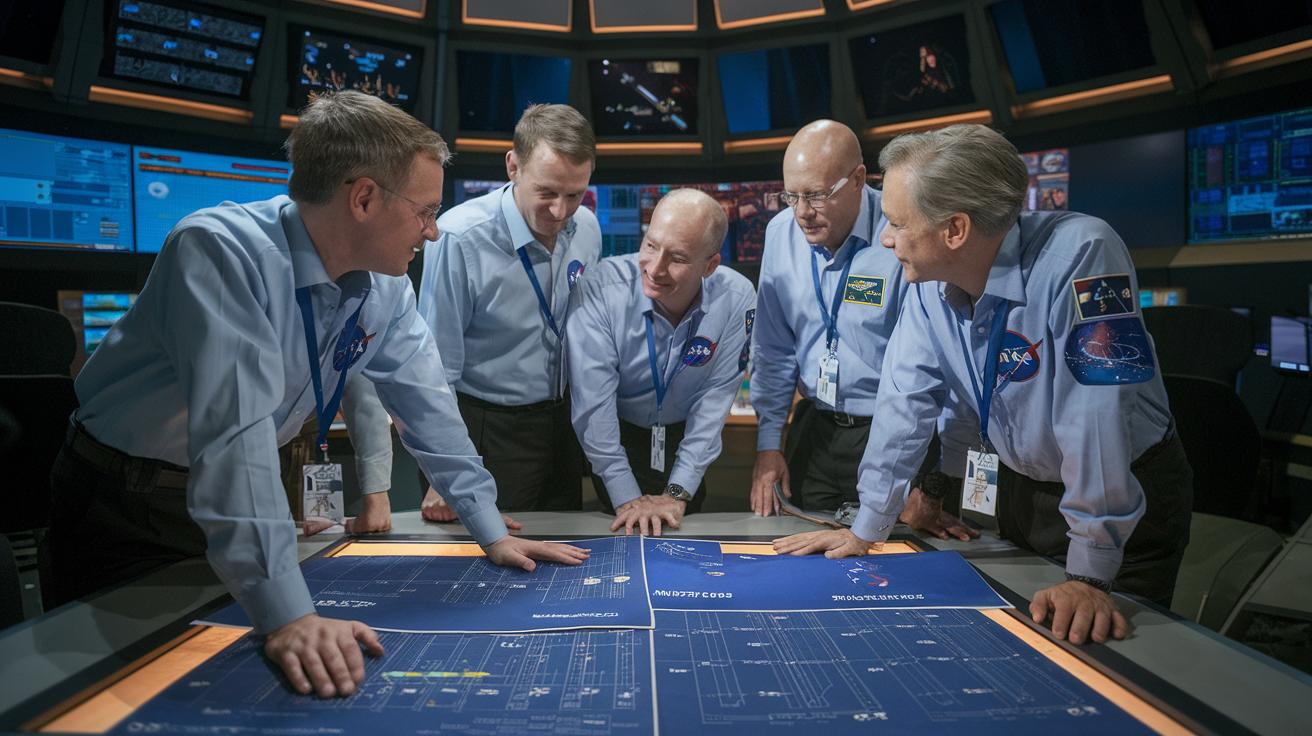
The Artemis program is a testament to global cooperation, with NASA forging strong partnerships with international space agencies to advance lunar exploration. Key collaborators include the European Space Agency (ESA), the Japanese Aerospace Exploration Agency (JAXA), and the Canadian Space Agency (CSA). These organizations bring unique expertise and resources, enhancing the program's capabilities and reach. ESA is providing the service module for the Orion spacecraft, which is essential for transporting astronauts to lunar orbit. JAXA contributes through its involvement in the Lunar Gateway, offering elements for the station's habitation modules. CSA's participation includes developing advanced robotics for lunar surface operations, enhancing mission efficiency.
- ESA's service module for Orion spacecraft
- JAXA's contributions to the Lunar Gateway habitation modules
- CSA's advanced robotics for lunar operations
- International collaboration in the development of the Lunar Gateway
The Lunar Gateway itself is a cornerstone of this international collaboration, serving as a platform to enable sustainable lunar exploration and future Mars missions. These partnerships are not only facilitating the immediate goals of the Artemis program but are also laying the groundwork for continued exploration and potential habitation beyond the moon. By pooling resources and expertise, these collaborations are pivotal in overcoming the technical challenges of deep space exploration and positioning humanity for its next steps into the solar system.
Challenges and Delays in Artemis Missions
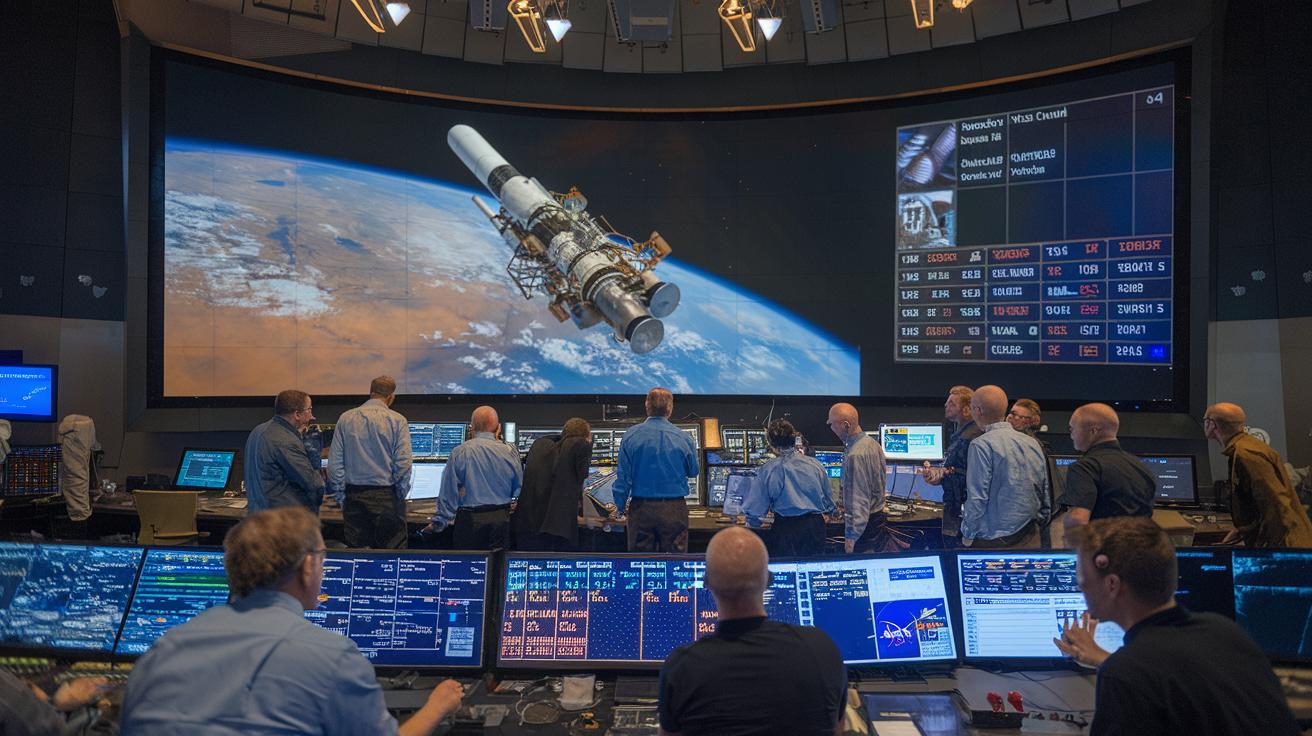
What challenges are impacting the Artemis mission timeline? NASA is encountering significant challenges with contractors, notably SpaceX and Axiom, which could potentially delay the Artemis 3 mission. These challenges primarily revolve around the development and testing of SpaceX's Starship, which is a critical component for the lunar landing. Any setbacks in the construction or functionality of the Starship can have cascading effects on the mission schedule. Axiom, responsible for certain mission components, is similarly affected by delays that stem from coordination and integration with NASA's broader mission objectives.
What is involved in the testing and preparation for Artemis II? Scheduled for no earlier than September 2025, Artemis II will perform crucial testing of life support systems with astronauts aboard, marking a vital step in mission preparation. The mission's primary objective is to ensure that the spacecraft is fully equipped to support human life during extended space travel, including maintaining air quality, temperature regulation, and waste management. These systems must undergo rigorous testing to validate their reliability and performance within the harsh conditions of space, ensuring astronaut safety during the crewed lunar flyby.
How is NASA addressing these challenges to ensure mission success? To mitigate potential delays and address the outlined challenges, NASA is implementing several strategic measures. These include enhanced collaboration with contractors to streamline development processes and ensure timely delivery of mission-critical systems. By fostering open communication channels and setting clear milestones, NASA aims to align the efforts of all involved parties. Additionally, contingency planning and adaptive scheduling are in place to accommodate unforeseen developments, thereby safeguarding the overall timeline for the Artemis missions and maintaining progress towards the anticipated lunar landing.
Final Words
The timeline for the next moon landing highlights the significance of NASA's Artemis III mission, slated for no earlier than September 2026.
This mission incorporates groundbreaking technology and international collaborations.
Advancements, such as SpaceX's Starship, are pivotal in achieving sustainable lunar exploration.
While challenges with contractors like SpaceX and Axiom pose hurdles, NASA remains committed to addressing them to facilitate on-time objectives.
With Artemis III, the question of when are we landing on the moon again sets a new precedent in lunar exploration, marking the first landing in over half a century.
The path ahead promises exciting advancements and international cooperation.
FAQ
When will we land on the moon again?
The Artemis III mission, scheduled for no earlier than September 2026, aims to return humans to the lunar surface after a 50-year hiatus.
What are the launch dates for Artemis missions?
Artemis II is planned for September 2025 and Artemis IIl for no earlier than September 2026. These dates are contingent on addressing current challenges.
Will Artemis II land on the moon?
Artemis II will not land on the Moon. It is a crewed mission designed for a lunar flyby, testing systems for subsequent lunar landings.
Are moon landings planned for 2024 or 2025?
While a 2024 landing was initially considered, the current schedule has the first crewed landing planned for Artemis III in 2026.
Why isn't a moon landing feasible immediately?
Various challenges, such as contractor issues and needed technological advancements, impact the current feasibility of immediate moon landings.
What are the objectives of the Artemis missions?
The Artemis program seeks to establish a sustainable presence on the Moon, perform extensive lunar research, and prepare for Mars exploration.
What makes the Artemis III crew unique?
Artemis III will mark historic milestones by including the first woman and the first person of color to walk on the Moon.
What is the Lunar Gateway and its role?
The Lunar Gateway, an international collaboration, supports extended lunar missions and serves as a staging point for future Mars exploration.


